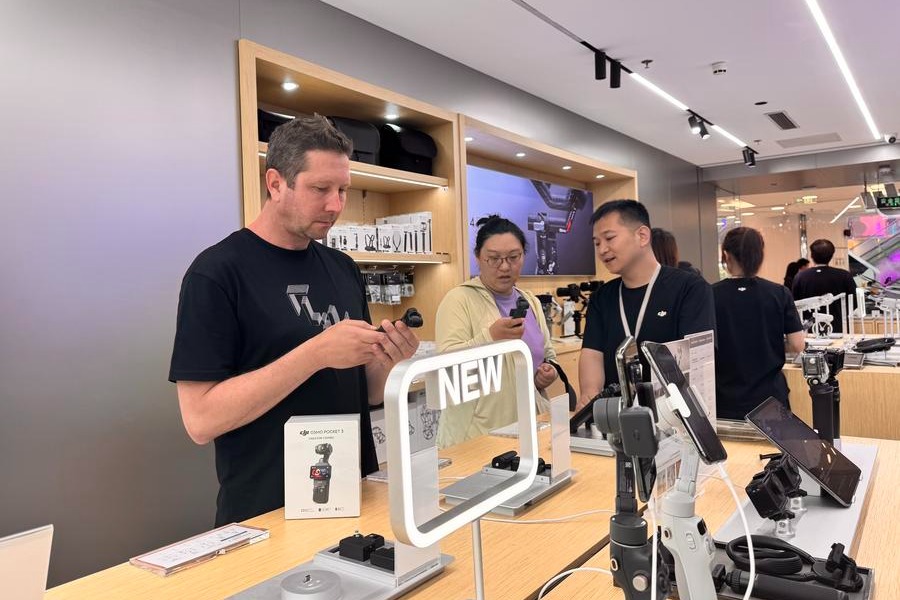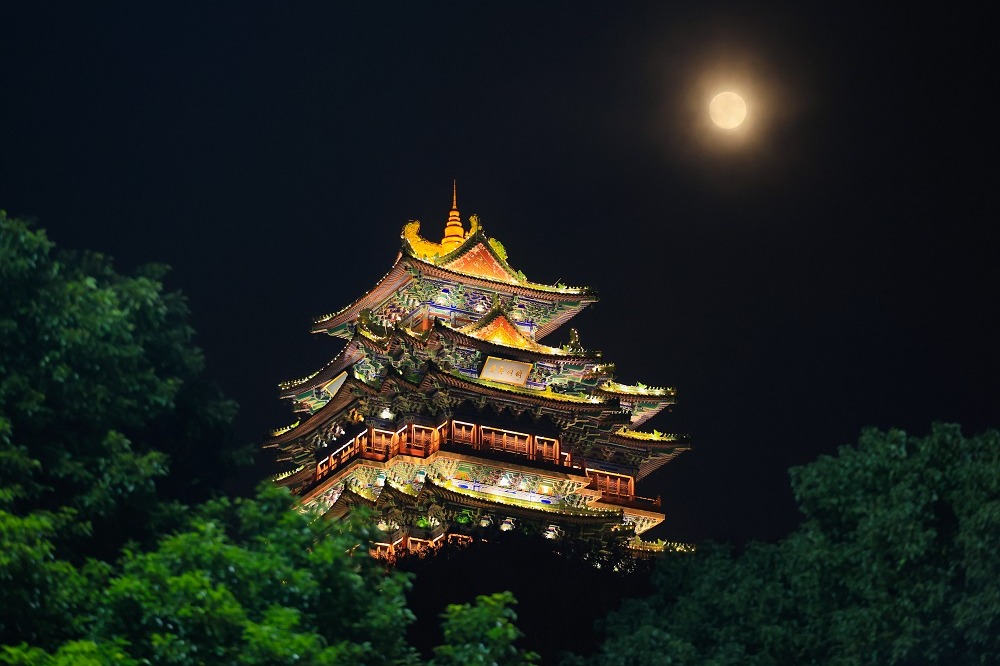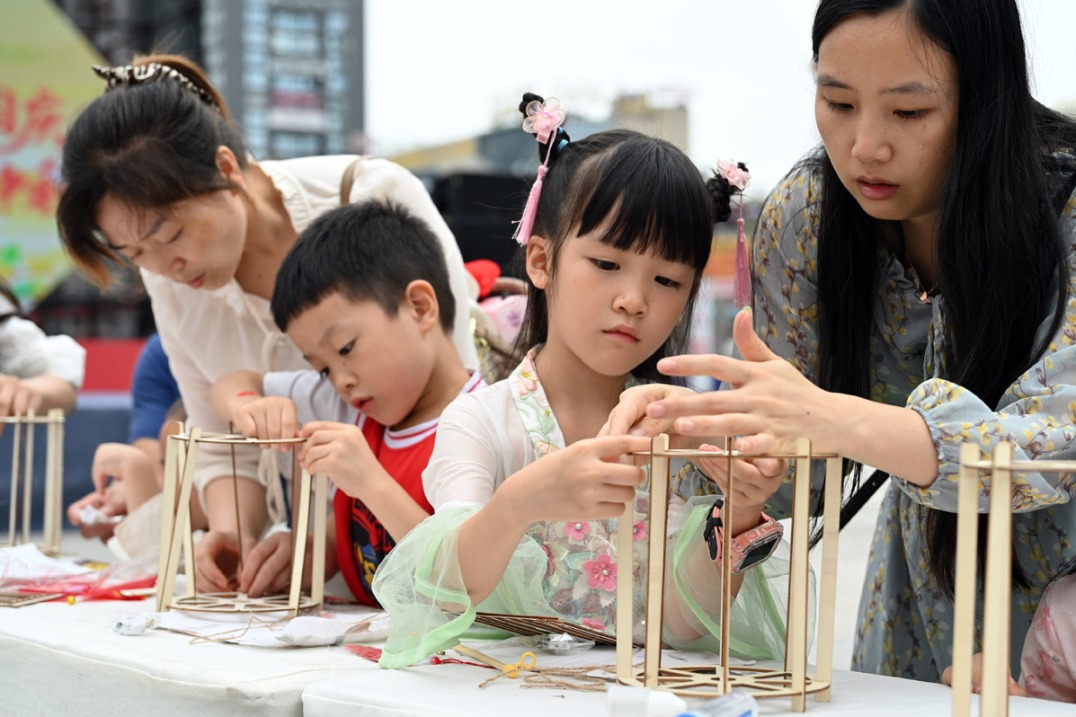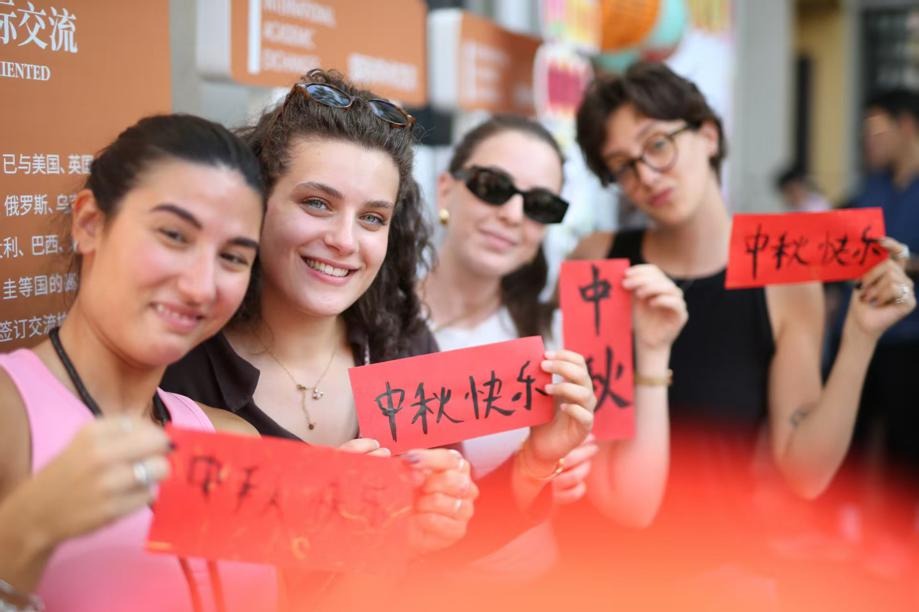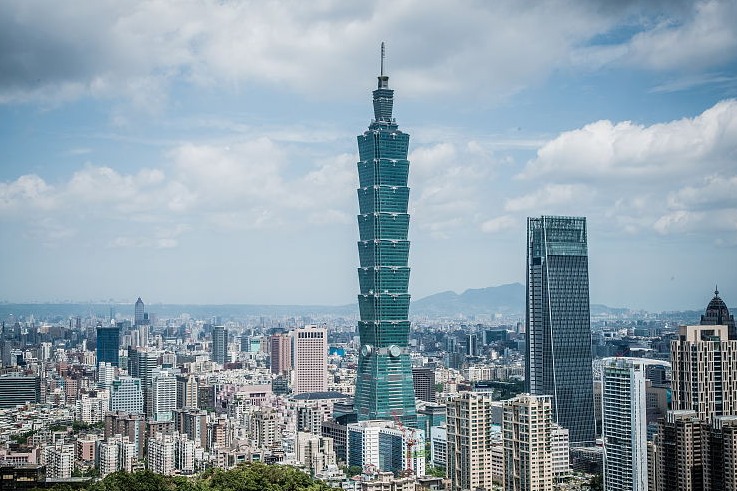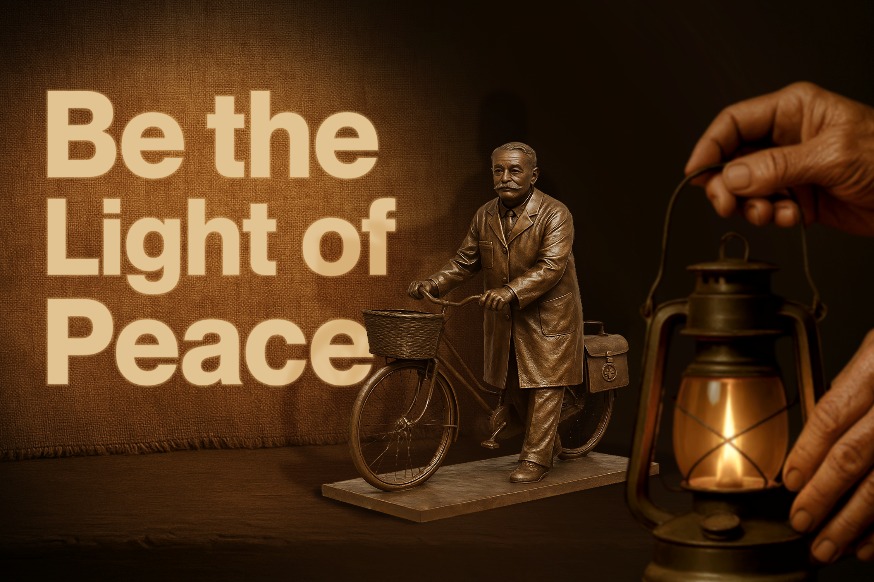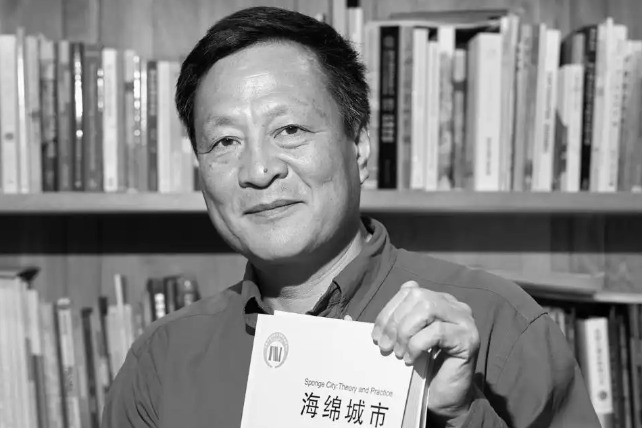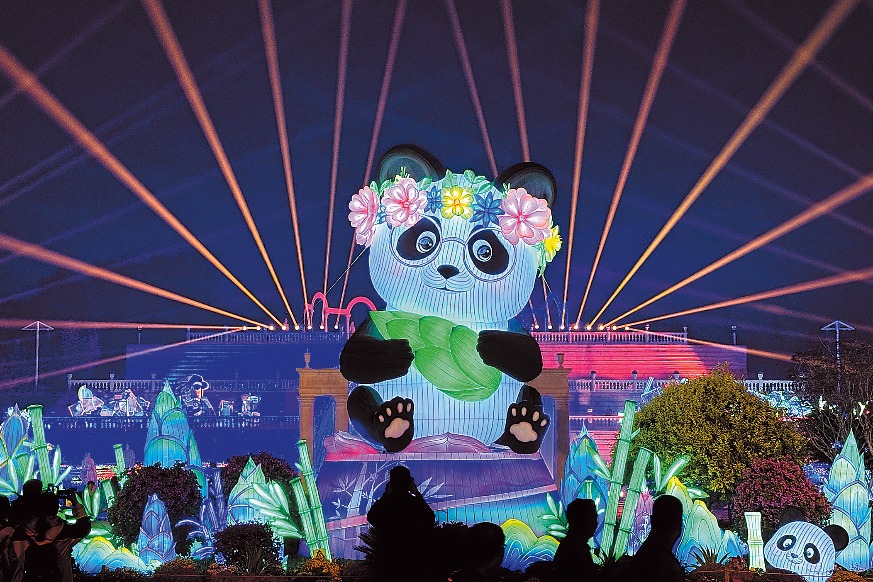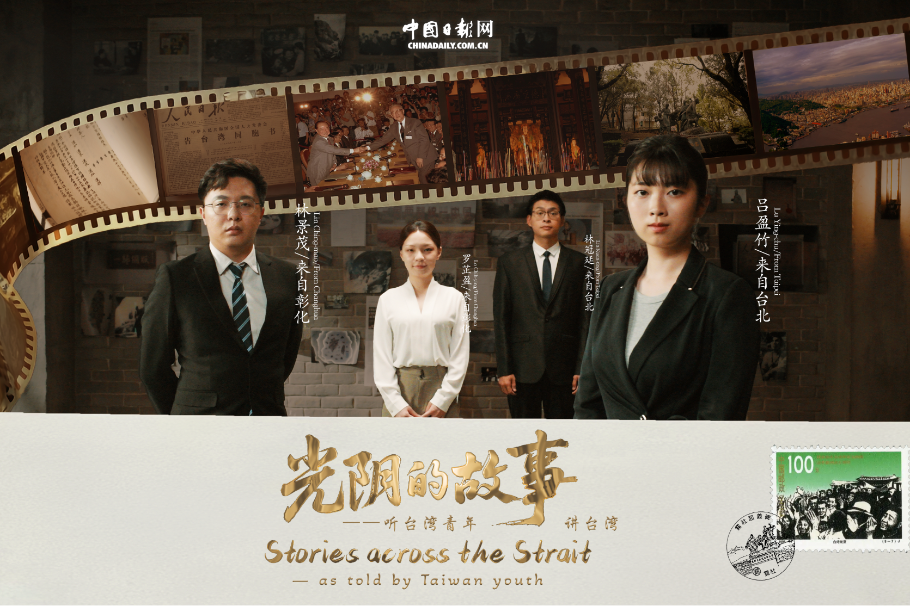Vocabulary for exhibitions, events codified

In a significant move for the global exhibitions and events sector, China has led the development and release of "ISO 25639-1:2025 Exhibitions and Events — Part 1: Vocabulary", setting a new international benchmark for industry terminology.
The standard, published by the International Organization for Standardization, updates and revises the previous 2008 version originally spearheaded by Singapore.
It reflects the collective efforts of more than 90 experts from 25 countries, including Spain, Germany, Italy, the United Kingdom, South Korea, South Africa and India, alongside participation from seven major international exhibition organizations.
The UK has already adopted the standard equivalently, suggesting strong momentum for broader international recognition.
The project was launched at the end of 2021 and took three years to complete. It was unanimously approved by ISO member states, demonstrating broad international consensus and highlighting China's growing participation in the global exhibitions industry.
Yao Xin, head of the drafting team and secretary-general of the China Council for the Promotion of International Trade Commercial Sub-council, said the revision responds to the rapid growth of the global digital economy and the evolving demands of sustainable development, emphasizing the need for clearer and more consistent industry terminology.
The updated document defines and standardizes 94 professional terms across five major categories: individuals and entities, types of events, related activities, physical items, and others. It aims to eliminate ambiguities and misunderstandings caused by the absence of common standards and the evolving nature of industry practices.
In particular, the new standard addresses the digital transformation sweeping through the exhibitions and events industry. It introduces terminology related to physical, hybrid and online exhibitions and events, reflecting the increasing convergence of online and offline formats.
The revision also incorporates critical concepts such as intellectual property protection and event legacy, aligning closely with the United Nations Sustainable Development Goals.
Li Qi, general manager of Beijing Pico Exhibition and Display Co, described the release of the new ISO standard as a "milestone" in China's development from a major exhibition country to a leading exhibition power.
"The standard unifies terminology across the entire exhibition supply chain — organizers, venue operators, service providers and exhibitors," he said. "It ensures that all stakeholders have access to precise language, minimizing confusion, enhancing work efficiency, and strengthening mutual understanding."
Li noted that China's exhibition industry has become increasingly internationalized in recent years. More globally renowned exhibitions and enterprises are being set up in China, while outbound exhibitions by Chinese companies are also expanding rapidly. In 2024, the number of outbound exhibitions, participating enterprises and exhibition areas all rose by more than 20 percent year-on-year.
"The release of the ISO standard comes at a critical time," he said. "It will boost overseas exhibitors' confidence in the Chinese market and encourage greater participation, while also empowering Chinese enterprises to explore opportunities abroad."
Li said that the establishment of a unified terminology system is only the first step toward enhancing China's international discourse power in the sector. He expressed hope that future international standards covering services, operations and safety will follow.
Yao Hong, managing director of IME Consulting (Beijing) Co, emphasized the strong link between the exhibitions industry and tourism, noting that exhibitions significantly stimulate local sectors such as accommodation, dining, transport and entertainment.
"Exhibitions drive high-end tourism products and consumption, promoting the high-quality development of the tourism sector," she said. "Meanwhile, rich tourism resources, diverse accommodation options and quality tourism services in exhibition cities lay a solid foundation for the growth of the exhibitions industry."
Yao added that the integration of the two sectors will advance China's high-level opening-up and deepen ties with the global market.
"As inbound tourism continues to recover, promoting and implementing international standards will be vital," she said. "It will raise awareness of the exhibitions industry, enhance internationalization, support inbound tourism revitalization, and contribute to building China into a strong tourism nation."
- China rushes farm machinery to key grain belt as rain threatens harvest
- Xinjiang scenic area suspends hiking after heavy snowstorm
- Typhoon Matmo weakens after hitting South China's Guangxi, relief efforts underway
- Rise of 'granfluencers' boosts confidence, silver economy
- Vibrant China during holiday: Museums beyond artifacts
- New type of matsutake hunters and traders

















